There aren’t a lot of people doing infrared photography, probably because, to do it right, you have to have a camera modified, and that’s a big step if you just want to get your feet wet. For that reason, this post won’t be useful to many people.
However, because there aren’t a lot of people doing IR photography, it’s not easy to find out how a lens is going to perform in the IR without going out and buying one. For that reason, this post may be very useful to a few people.
I recently had a second Sony alpha 7 camera modified for IR use. This one was a Sony alpha 7 Mark II, aka the a7II. LifePixel did the work. In my last modification, I’d opted for the Super Color filter, which passes some visible light with the idea of making modifications of the effective filtration possible in post when you convert to black and white, which interested me. That filter also makes it possible to do false-color IR photos, which doesn’t interest me. I found the Super Color filter somewhat problematical when I wanted a conventional IR image. I tried filters that blocked the visible light, but found the sensitivity too low, and the filters made flare more of a problem.
I had previously considered LifePixel’s all-pass filter and doing all the filtration in front of the lens, but my flare difficulties when I used filters with the Super Color filter made me put the kibosh to that plan. I opted for the standard IR filter this time.
I had successfully used my Nikon 28mm f/1.4 Nikkor-D on the Super Color camera, so I wanted to test it on the new camera. I also tested the Zeiss 35mm f/2 Distagon ZF.2 and the Zeiss 35mm f/2 Biogon (in a mount for a Leica M camera). I did not test the Zony 35. When I do IR photography, I use manual focus, and I find the focus-by-wire technology in the Zony 35 doesn’t fit my working style.
Here’s the usual scene with all three lenses at f/2.8. I have not had good luck in the past with IR pictures at wider apertures, and I didn’t even try this time.
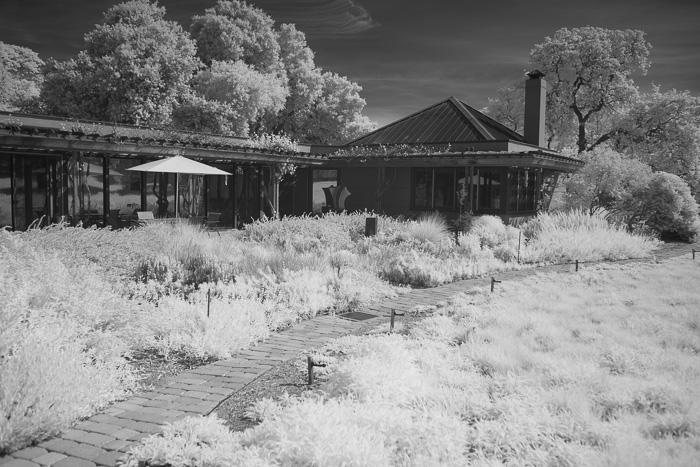
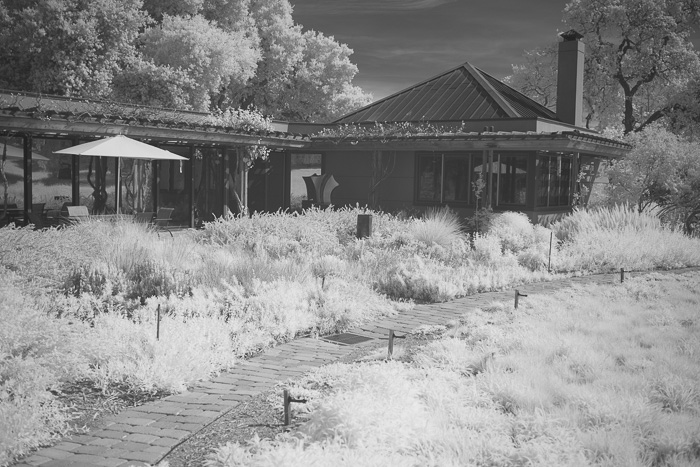
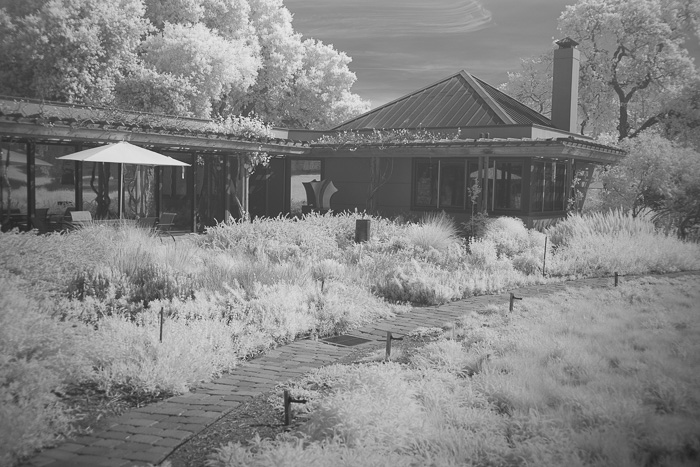
You can see that there’s quite a bit of corner falloff with the Biogon, a bit with the Distagon, and almost none with the Nikkor. There are no hotspots, but they don’t usually show up until the lens is stopped down.
Here’s a set of f/11 images:
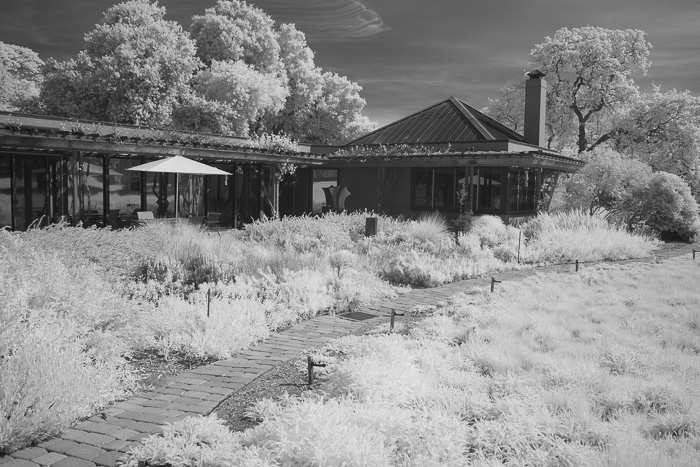
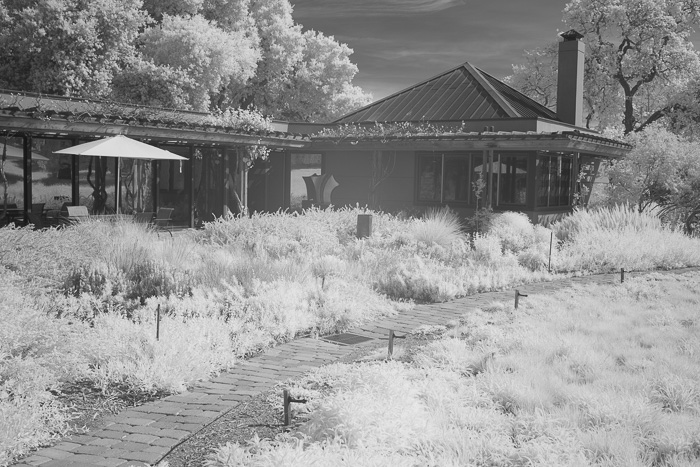

There seems to be a hot spot with the Distagon, and, to a lesser extent, with the Biogon.
I won’t show you the center images, because they’re pretty similar. The differences are in the corners.
At f/2.8 and 2:1:
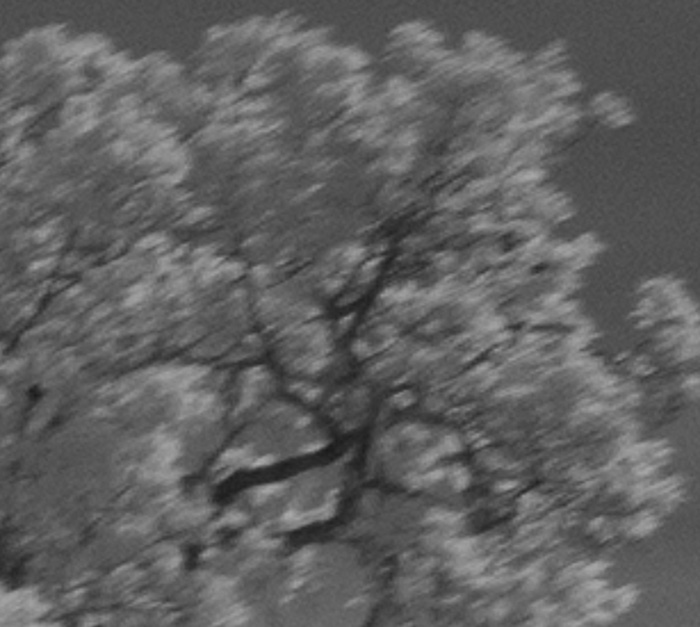
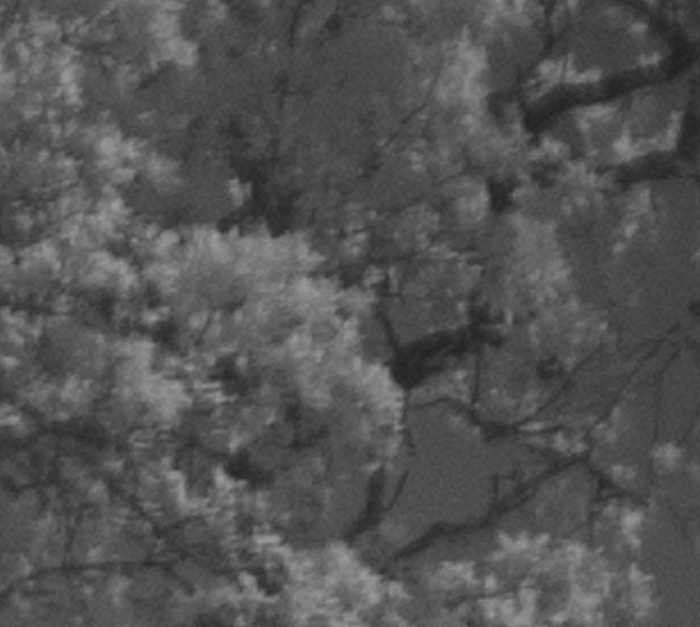

They are all to soft to be useful. The Biogon is a bad joke.
At f/4:
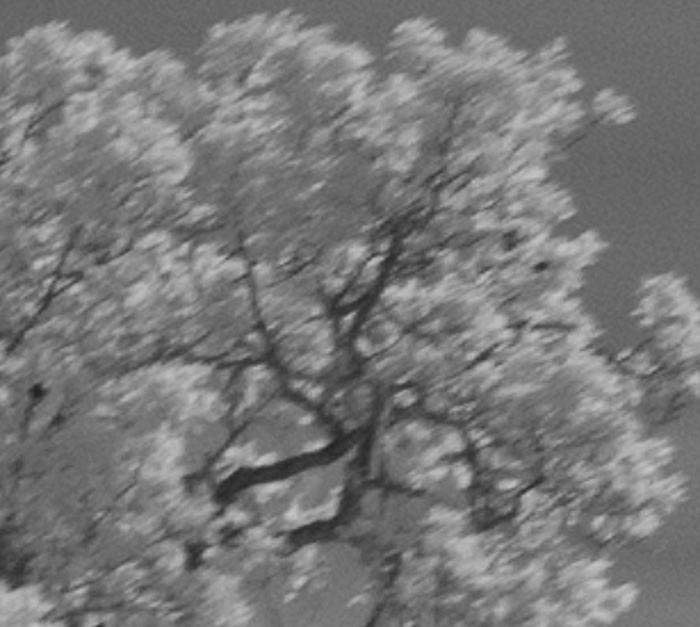
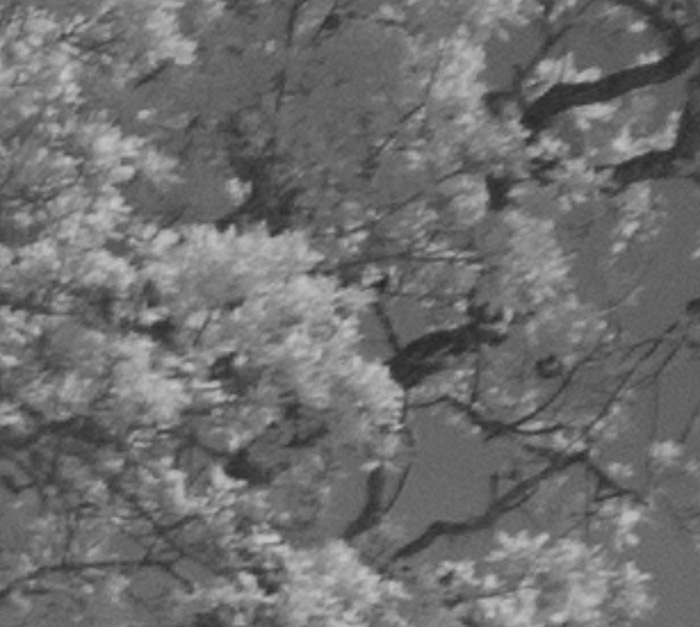
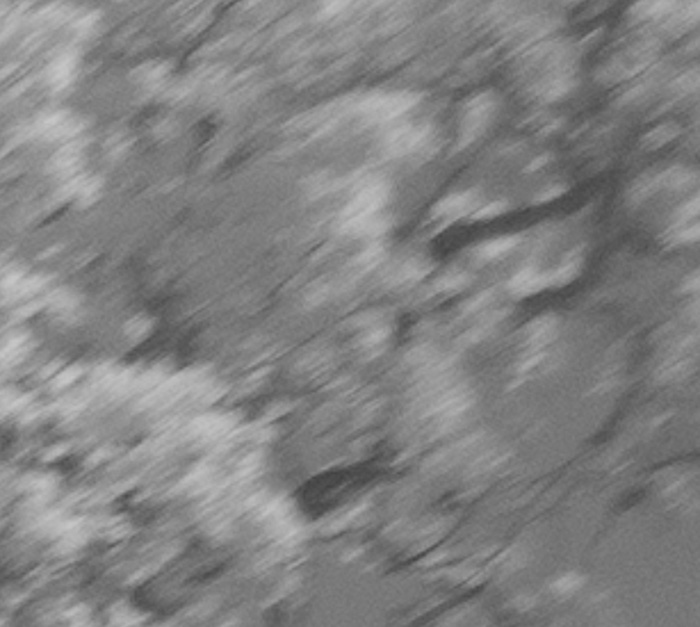
The Nikkor and the Distagon are acceptable. with the Distagon the sharper. The Biogon is useless.
At f/5.6:
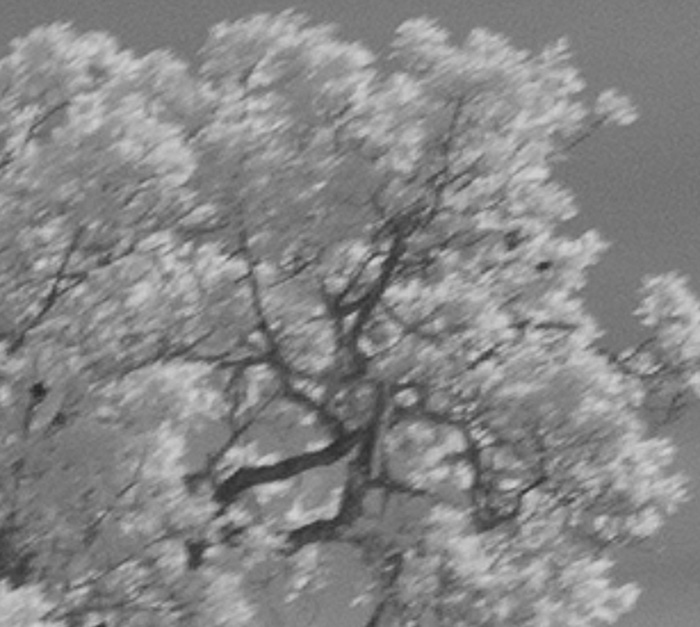
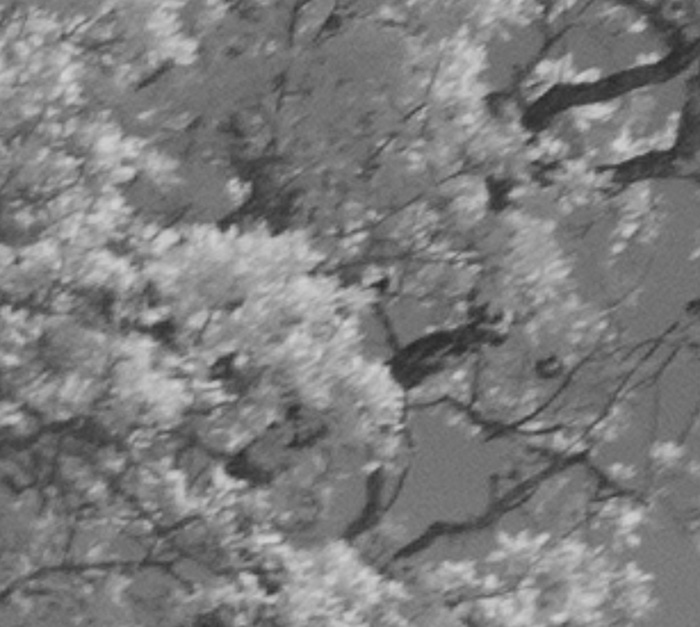
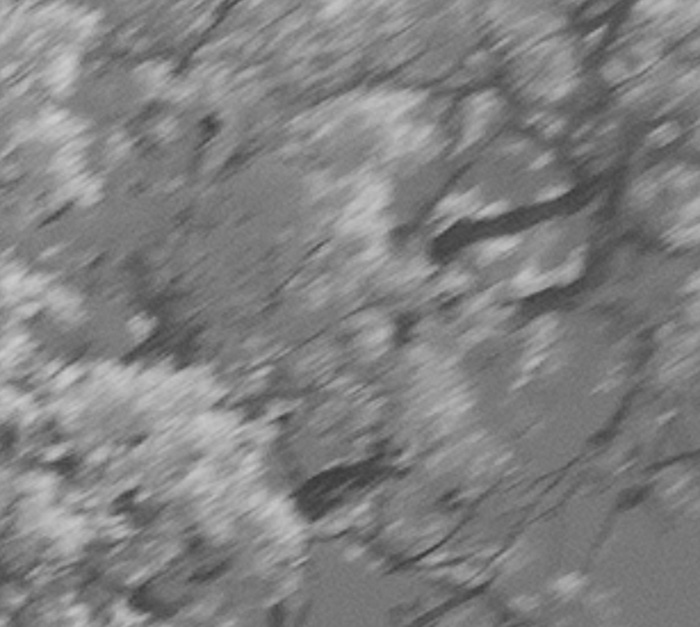
The Biogon is not very good at all. The other two are fine, with the Distagon the winner.
At f/8:
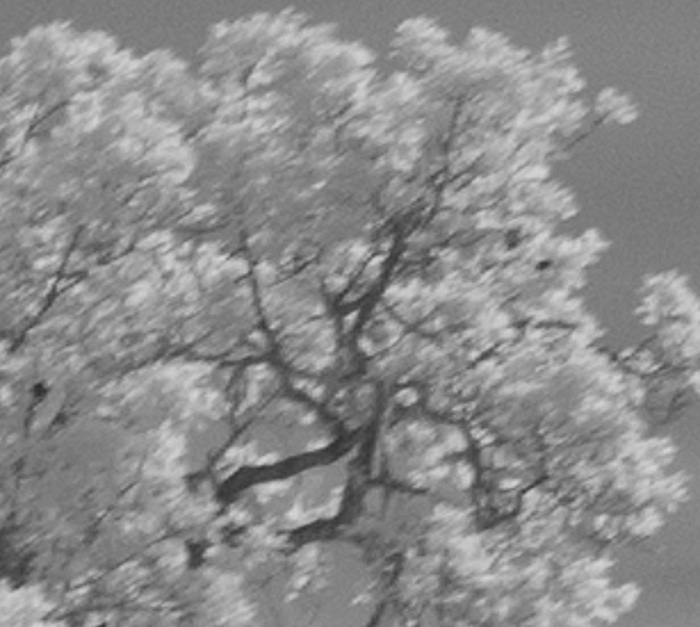
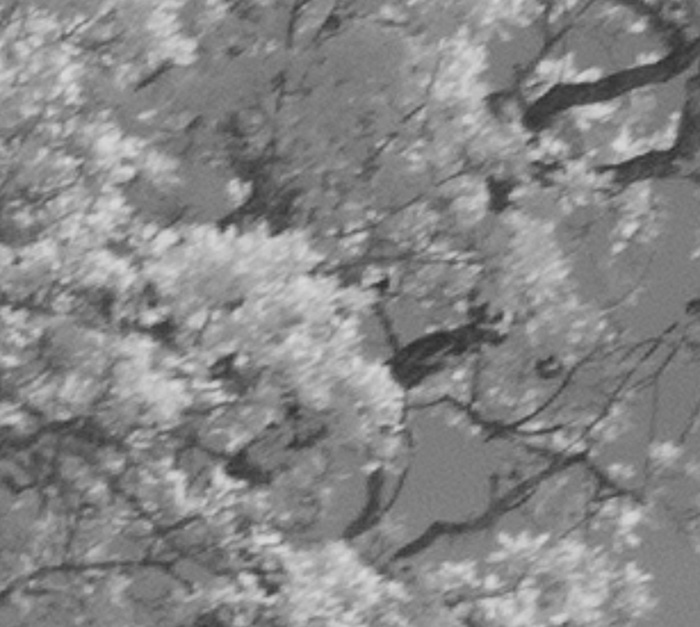
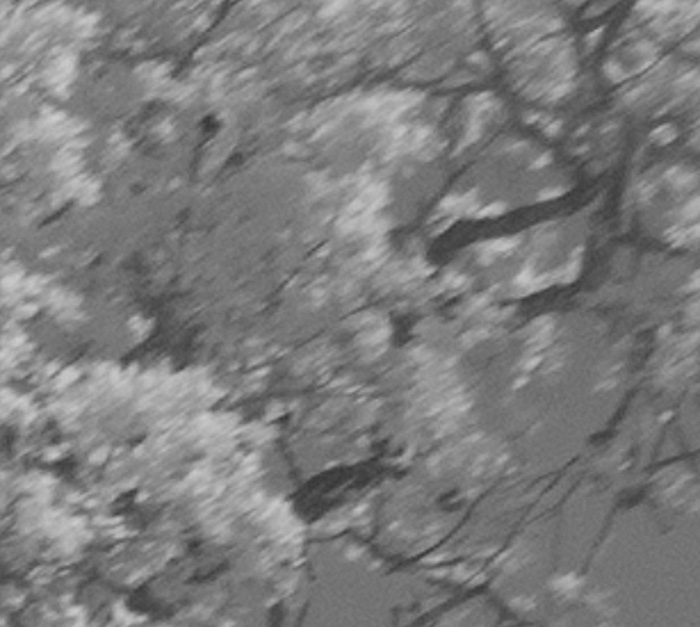
The Distagon is looking really good, and the Biogon has moved up in the world far enough to merit the rank of marginal. The Nikkor is OK.
At f/11:
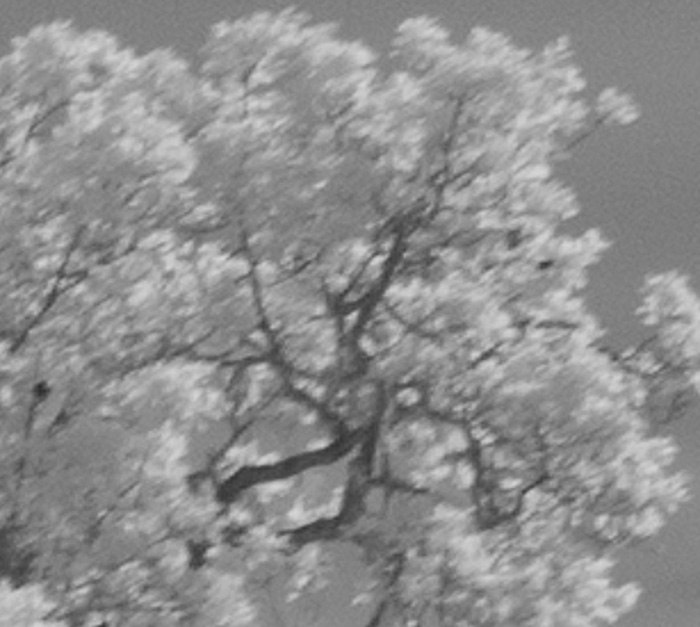
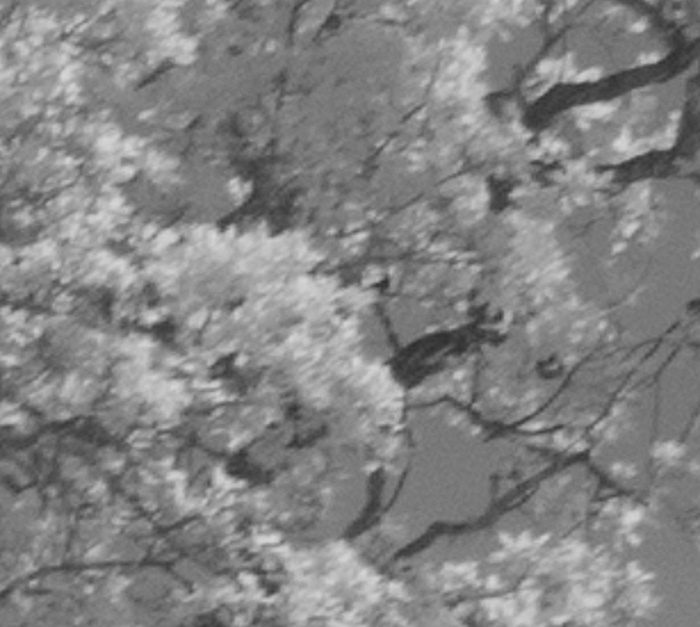
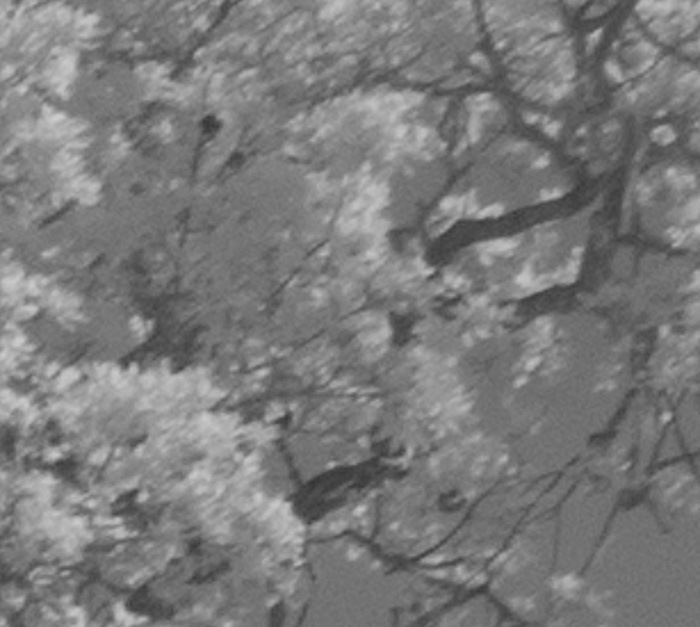
The Biogon is OK, but last. I’d call the lead a tie.
If I don’t need the extra spread of the Nikkor, I’m going to use the Distagon, assuming the stitching software can deal with the hot spot. If not, it’s back to the Nikkor.
Herb says
Jim, a fair amount of my gallery winners were shot with IR. I have never had the $$$ for an IR lens, so your work with the A7II is familiar re the out of focus parts. I have an A7R mod by lifepixel for IR, the standard IR filter.
Have you thought of focusing on different parts of the scene, and then somehow stacking the results? Would that solve the IR focus issue?
I have one or two IR shots, made with a 135mm lens on a Canon 50D IR, that did not exhibit the softness so common in this work. Could it be the longer lens has a beneficial effect?
Shane says
Jim, I know this is an old post but I was wondering if you ever encountered an issue with the internal IR LED causing light leakage on long exposures at high ISO. If you did’t ever use those conditions in the field, did you ever observe the issue during “lab” testing and if so what was your conclusion?
Thanks.
JimK says
I never ran into that.